After receiving such high calibre applications to our open call last autumn for artists to join the two Horizon Europe funded projects Bioindustry 4.0 and deCYPher, we are thrilled to announce that Špela Petrič will be joining Bioindustry 4.0. Kristof De Clercq, Roberta Gigante and Christina Stadlbauer (as a collective trio), HSURAE, and Laura Elidedt Rodriguez will join sister project deCYPher.
With an eclectic and impressive array of expertise and interests, we are excited to be collaborating with them and are looking forward to what their practices and perspectives will contribute to both projects as they develop.
During these two multi-year projects the artists will undertake research residencies – Špela Petrič will work at Prof. Vitor Martins dos Santos’ Biomanufacturing & Digital Twin lab at Wageningen University (Netherlands). deCYPher artists will visit the facilities of the Centre for Synthetic Biology (CSB) at Ghent University (Belgium), the department of Bioscience at Wageningen University & Research (Netherlands), and AI consulting company ML6 (Belgium). Following their research residencies, Bioindustry 4.0 partner Biofaction together with Bioart Society will support the artists to produce a body of work towards an end of project exhibition.
The Artist in Residence program also involves a series of workshop labs. The next will take place in Summer 2025 with an open call for participants set to be published in the next month.
Read more about the artists joining the projects below:
Bioindustry 4.0:
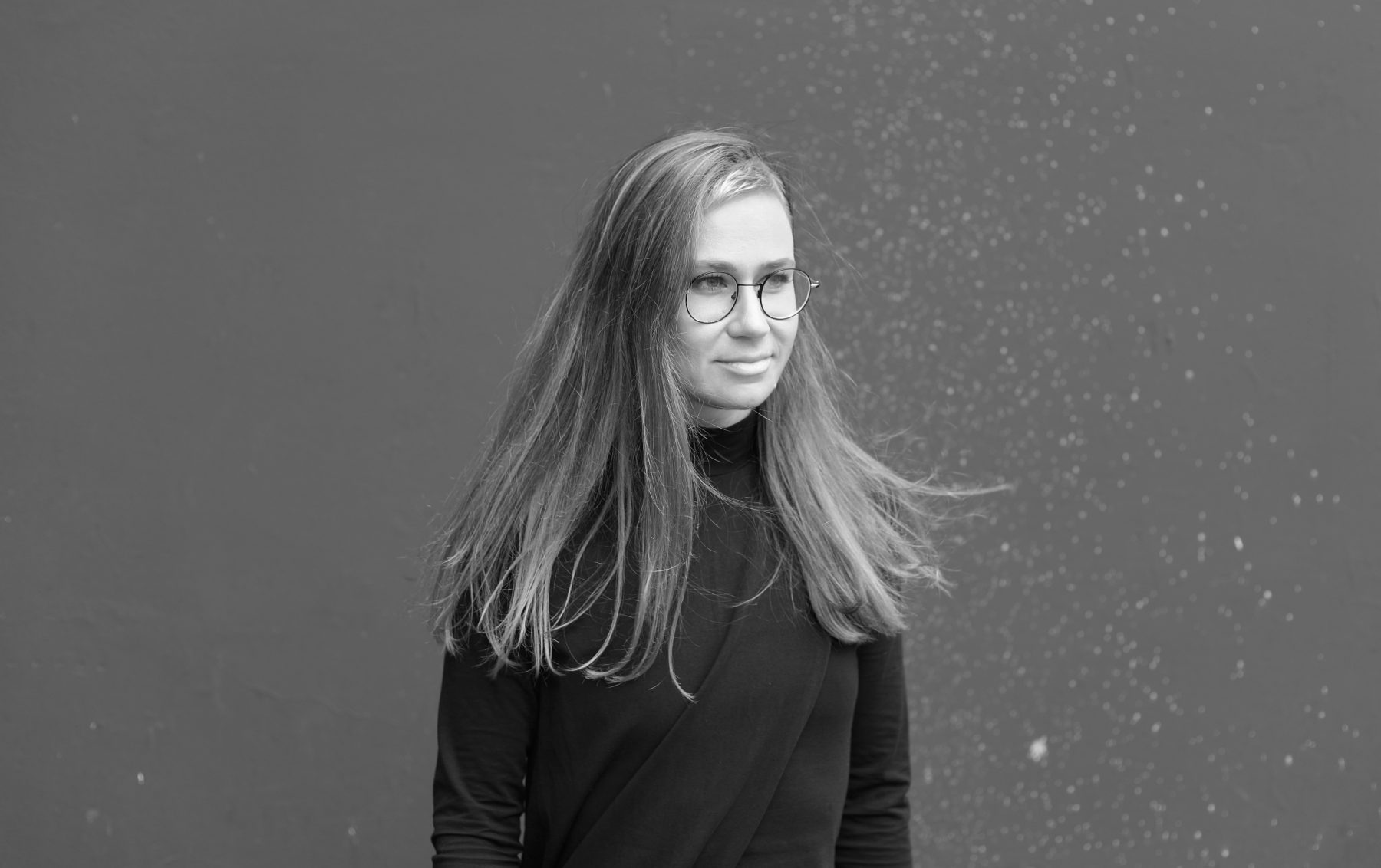
Špela Petrič is a Slovenian hybrid media artist with a background in the natural sciences. Her artistic practice is promiscuous when it comes to form, spanning digital and bio-media, performance and participatory actions, but gravitates toward making-strange mundane relations between bodies, technologies, infrastructures and ways of knowing. Recently she has been looking closely at the automation of care in agriculture and medicine.
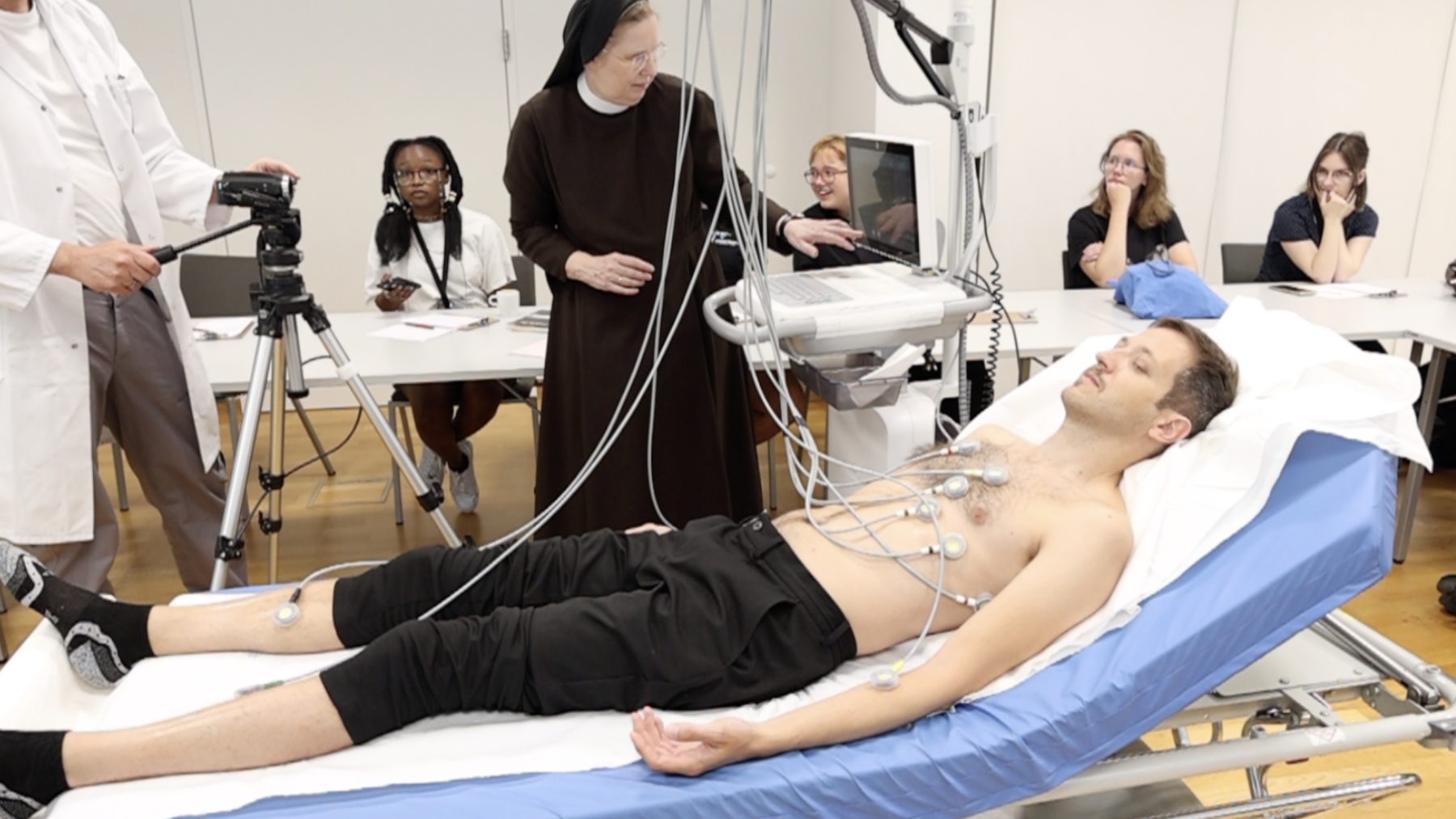
Photo: Carla Zamora
deCYPher:
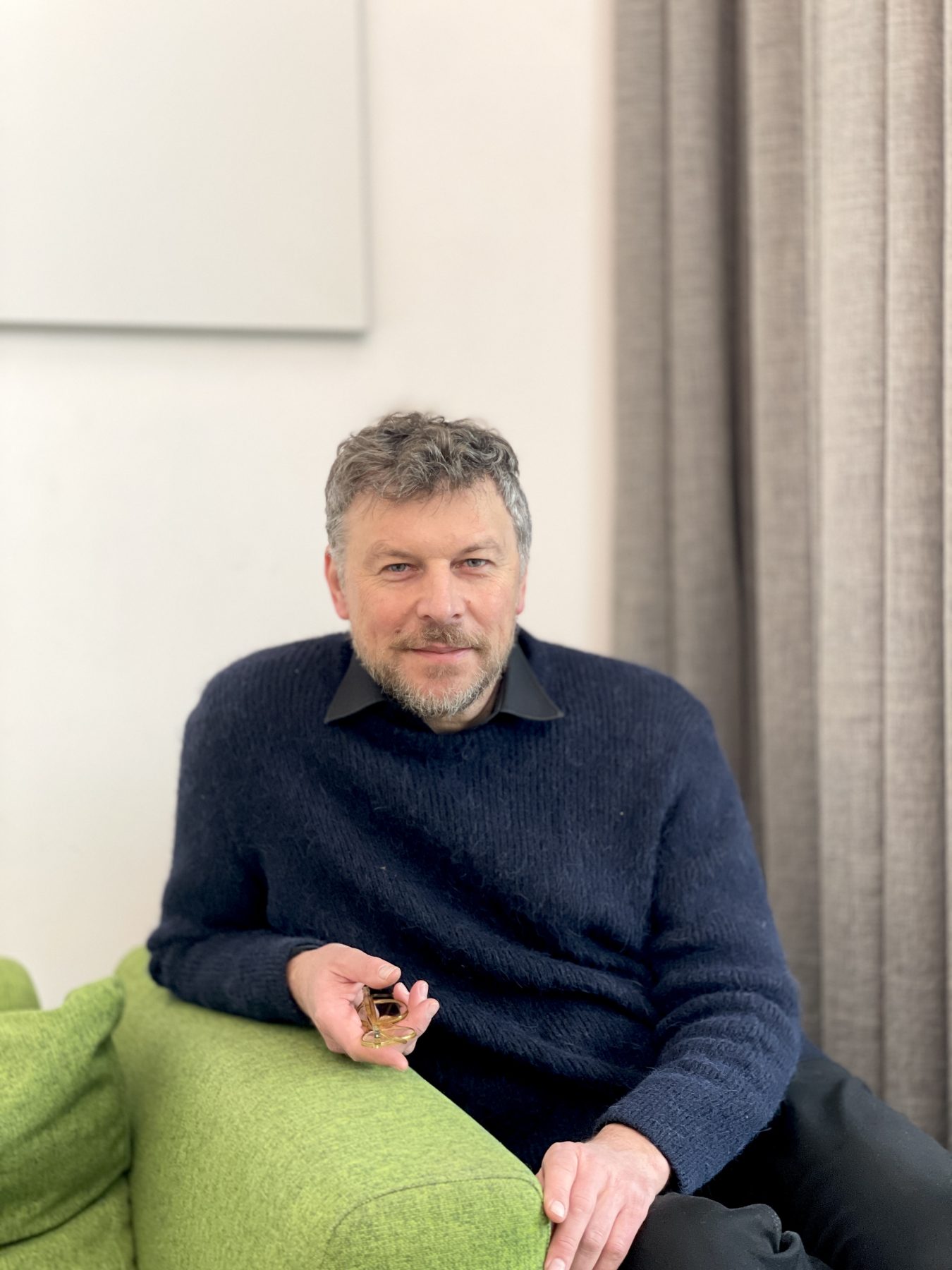

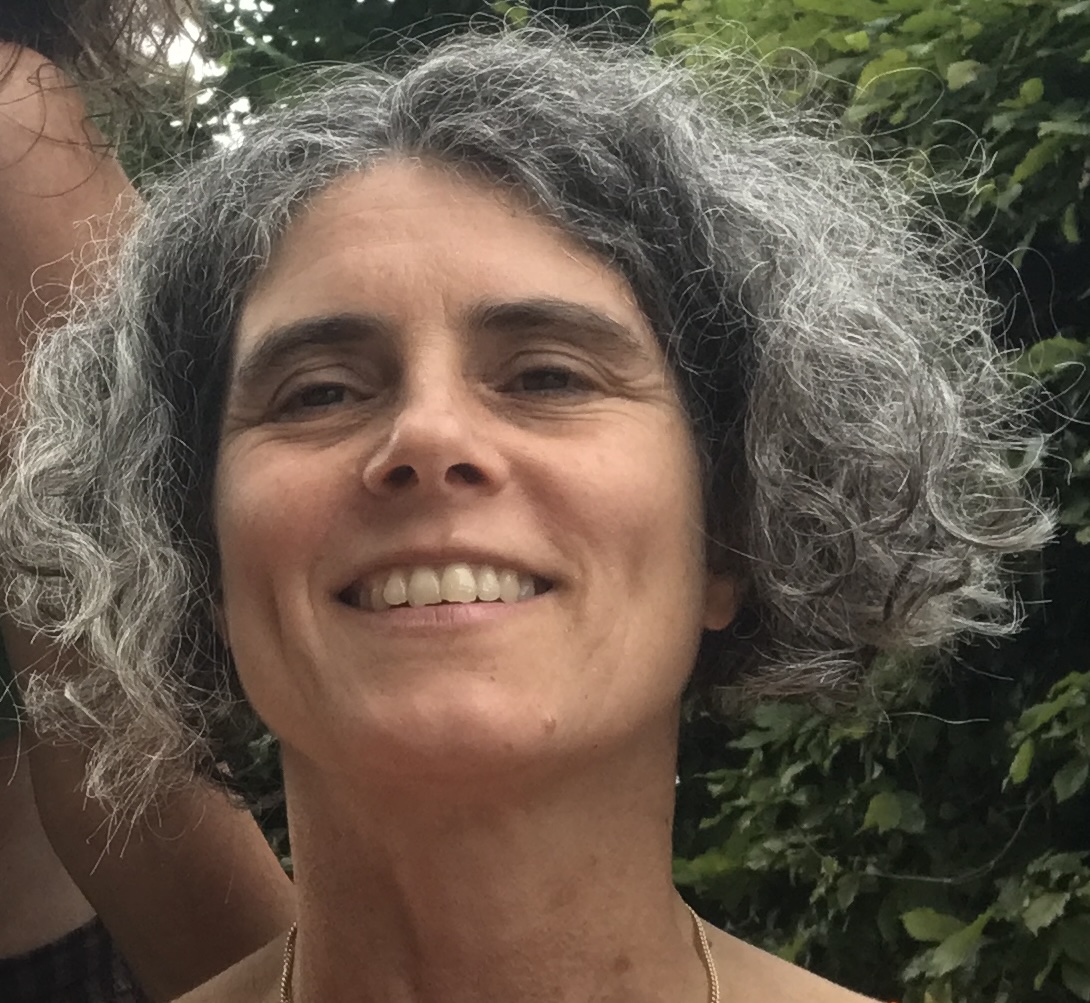
Kristof De Clercq, Roberta Gigante and Christina Stadlbauer form a transdisciplinary team bridging computational science, artistic practice and biological research. Their collaboration weaves together diverse backgrounds: Kristof De Clercq brings expertise in logic, philosophy, and artificial intelligence through his work with adaptive logics and machine learning applications; Roberta Gigante brings her experience in visual and performing arts, with a particular focus on site-specific interventions and installations; and Christina Stadlbauer adds her unique perspective as an artist-scientist focused on other-than-human life forms, combining her PhD in Chemistry with artistic research on biodiversity and interspecies relations. The team’s work emphasizes open ended inquiry and cross-disciplinary dialogue, embracing uncertainty as a generative force. Through their residency across scientific research institutions and collaboration with experts, they seek to generate novel perspectives on the relationships between traditional craft knowledge, biological processes and computational systems, creating both conceptual frameworks and material manifestations that challenge conventional boundaries between these domains.
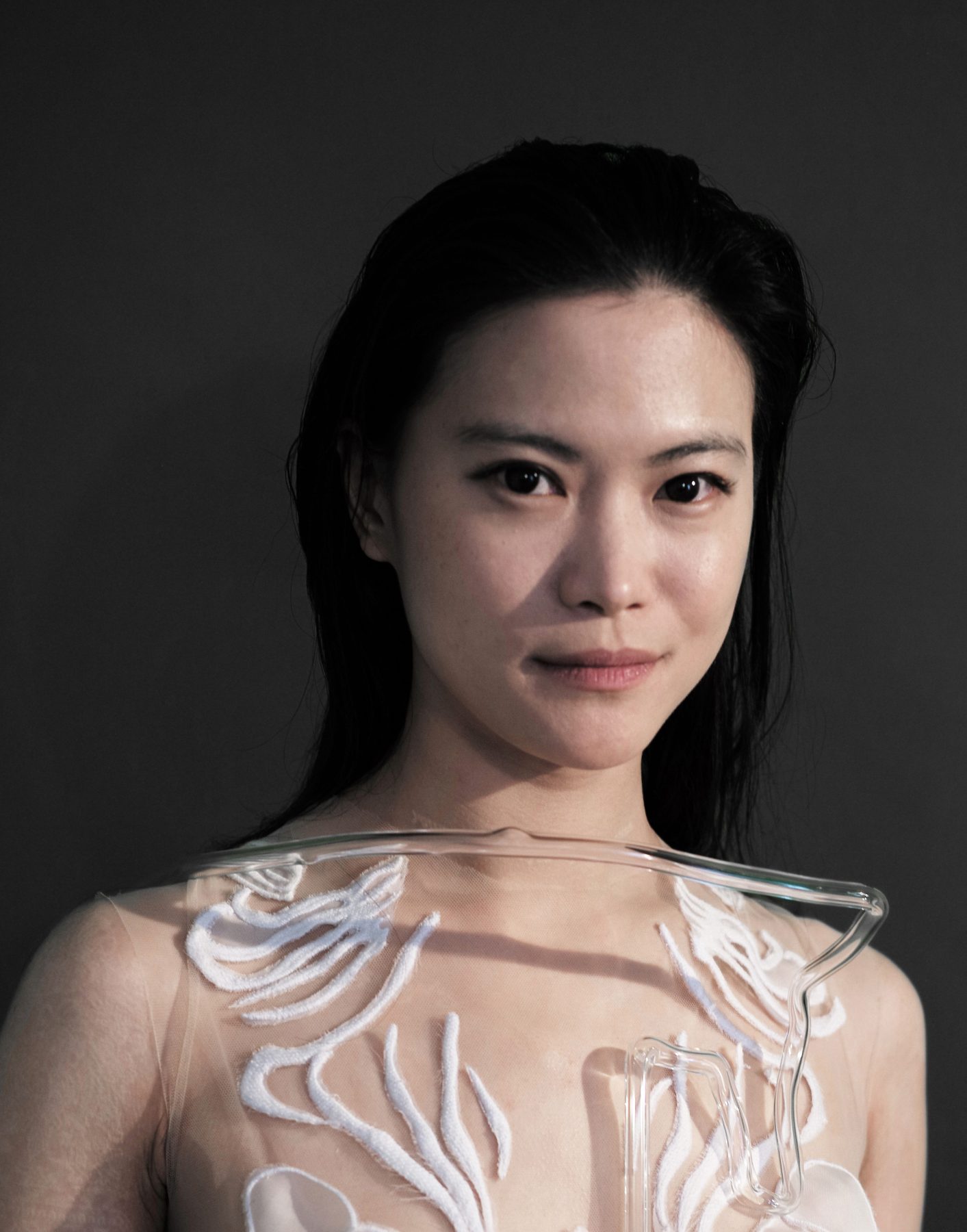
HSURAE is an artist and educator based between New York and Taipei. Their practice embraces the concept of latency within nature and its artifice. Instead of working to reveal or accelerate, they find small pleasures in the indeterminacy that latent space and latent knowledge offers. A sort of photogrammetry of the universe from inside Plato’s cave. Their artistic medium, like their self, is never pure object, never pure subject; ranging from hot glass to fibroblasts, passports to fecal sports. They work towards unraveling the relational geometries between humans, nonhumans, and machines through layered, multiscalar narratives of agency and temporality. Their current research entertains the irreducibility of artificial intelligence as an aesthetic quality—a quality that, like latency, resists total comprehension but invites speculation.
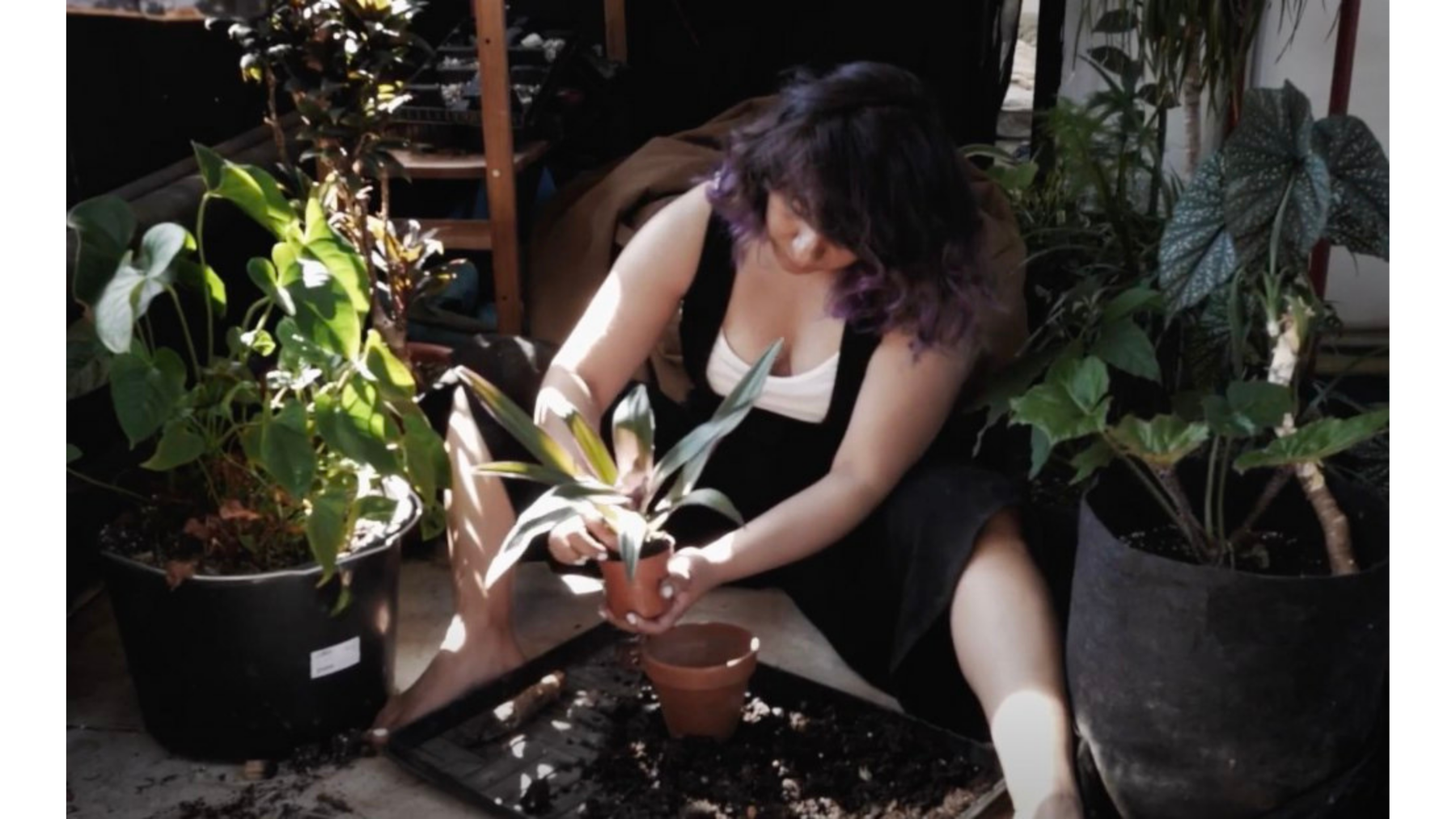
Laura Elidedt Rodriguez (A configuration of cells and proteins experiencing humanity) is a Mexican multidisciplinary artist based in the Netherlands. With a background that bridges biotechnology engineering (National Polytechnic Institute, Mexico), molecular biology (Skoltech Institute, Moscow), and Art & Science (ITMO University, St. Petersburg), Laura’s practice explores the intersections of living systems, new media tools, and speculative design on topics of multispecies care,rituals, identity and illness-health perception. Her work reveals hidden connections, fostering empathy and kinship across species. Laura has curated academic programs and workshops on art and science, mentoring emerging artists during the 2023/2024 Bioart Residency at YEMAA Center in Kazakhstan. Laura co-curated the “Staying with the Trouble” exhibition with Khristina Ots and the remote garden Pangardenia for Ars Electronica with KUR Future_Lab at AIR Gallery (RU). She received the 2021 Kuryokhin prize for Art & Science and obtained the Summer Session for Art and Technology with V2_lab and Metamedia.
Bioindustry 4.0 leverages advanced digital solutions – including next generation strain searches, AI powered digital twins, and new sensors – to help create and optimise innovative and reliable bioprocesses. These services are being developed for European research infrastructures, with the goal of not just benefitting researchers, but the European biotech sector at large. The project is made up of 20 partners and spearheaded by 6 European research infrastructures: BBMRI-ERIC, DSMZ, ELIXIR, Gaia-X, IBISBA, and MIRRI.
The deCYPher project brings together artificial intelligence, machine learning techniques and synthetic biology to go beyond traditional extraction methods of flavonoids and terpenoids. These plant compounds are used for important products, such as pharmaceuticals and nutraceuticals. As the current extraction is expensive and limited to just a few compounds, deCYPher’s objective is to develop a bio-based production alternative of plant secondary metabolites, which aims to ensure a regular supply in a more sustainable, economical, and efficient way. The partner associations include: Ghent University, Wageningen University & Research, The Spanish National Research Council, Isobionics, ML6, Bioart Society, Lantana, VIB (the Flanders Institute for Biotechnology), Barcelona Super-computing Center and Biofaction. Read more about the project here.
deCYPher and Bioindustry come together in the framework of the Horizon Europe program, with the artists in residence creating opportunities for synergy across the two projects. Horizon Europe is the EU’s key funding programme for research and innovation. It tackles climate change, helps to achieve the UN’s Sustainable Development Goals and boosts the EU’s competitiveness and growth.
Title photo: HSURAE, Water_soil. Photo: Walker Tufts


